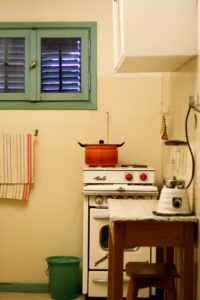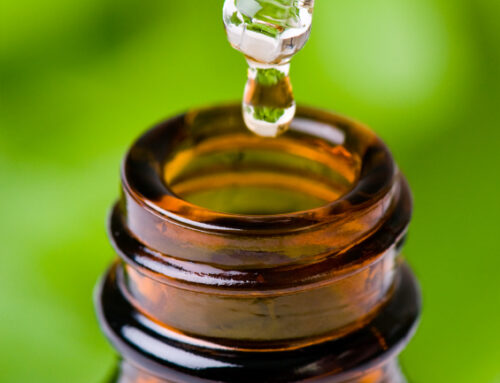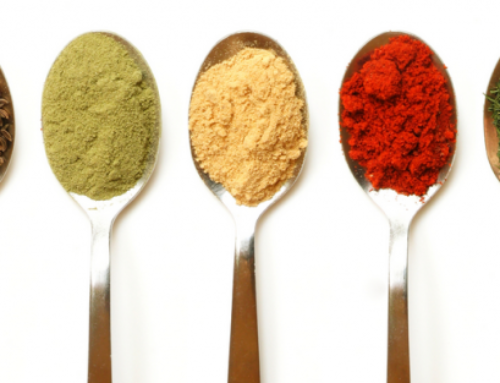
Indoor air pollution is caused from a combination of poor ventilation, outdoor pollutants and humidity. Homes and commercial buildings today don’t breathe easily and can suffer from off-gassing vapors being trapped inside. According to the EPA, Indoor pollution sources that release gases or particles into the air are the primary cause of indoor air quality problems in homes. Inadequate ventilation can increase indoor pollutant levels by not bringing in enough outdoor air to dilute emissions from indoor sources and by not carrying indoor air pollutants out of the home. High temperature and humidity levels can also increase concentrations of some pollutants.
Here is a brief overview of what constitutes indoor air pollution so you can make educated choices about your health. There are many sources of indoor air pollution in our homes and commercial buildings, including:
- Combustion sources such as coal or wood-burning stoves, gas, kerosene, and tobacco products
- Building materials and furnishings such as asbestos-containing insulation, wet or damp carpet, cabinetry or furniture made of certain pressed wood products, formaldehyde used in insulation, plywood, fiberboard, furniture and wood paneling, and toxic solvents in oil-based paints and finishes
- Products for household cleaning and maintenance, personal care or hobby products
- Office equipment chemicals; copiers, computers, printers, graphic adhesives, permanent markers and correction fluid
- Central heating/cooling systems and humidification devices
- Gas fired appliances such as ranges, clothes dryers and water heaters
- Ion depletion or imbalance; too many positive ions and not enough negative ions
- Microorganisms; mainly from humidifiers, air conditioners, and swamp coolers that can breed bacteria, viruses and mold
- Indoor particles; dust, pollen, animal dander and animal feces (such as kitty litter boxes, small animal cages or mouse/rat droppings)
- Radon, a radioactive gas emitted from the earth entering homes through basements, crawl spaces or water supply
Some indoor pollutants are intermittent, while others give off vapors continually. The EPA states, If too little outdoor air enters a home, pollutants can accumulate to levels that can pose health and comfort problems. Unless they are built with special mechanical means of ventilation, homes that are designed and constructed to minimize the amount of outdoor air that can “leak” into and out of the home may have higher pollutant sunscreen levels than other homes. Homes today are built tighter than homes in the past and can limit the flow of air coming in.
Solutions to indoor pollution are many, some easy and others more costly. We offer some suggestions below:
- Home heating- Avoid the use of kerosene and oil indoors and make sure your fireplace or wood stove is rated for the latest safety issues. Monitor carbon monoxide levels and clean your stove/flue yearly to prevent back-draft.
- Avoid the use of formaldehyde based building products; use water based low VOC paints and other green building products.
- Avoid the use of products with high VOC’s (see EPA information on VOC’s).
- Clean filters in heating, air conditioning and humidification appliances regularly.
- Invest in an air purifier with ion enhancement to clean and enhance your indoor air quality.
- Regularly clean kitty litter boxes. Make sure your garage and outbuildings are mouse and rat free. Invest in a vacuum cleaner with a HEPA filter to eliminate pet dander and dust mites. Open your windows on a breezy day to air out your home.
- Choose personal care products (Green America toxin list) and cleaning products with organic compounds; some of the best spot removers for wash are made from vegetable compounds.
- Wear a HEPA mask when doing heavy cleaning, to avoid dust, pollen and pet dander.
- Regularly use your neti pot to flush your sinuses of toxins.
- Use our Sinus Rejuvenation Oil regularly and help defend your sinuses from both indoor and outdoor pollution.
Avoiding pollution and pollutants in your home is the simplest means to maintaining good health. When you can’t avoid certain pollutants, nasal rinsing will help alleviate sinus symptoms while helping you breathe easier. We look forward to your comments and would like to know how you have solved your indoor air pollution challenges–write to us on Facebook or make a comment on this blog!







Thanks for the info- I know I had serious breathing problems due to mold in my apartment in Sacramento. Once I left, I was able to breathe better. Long Live Neti Pots!!!
Thanks for the vote of confidence in neti pots Tara. Mold is a bummer and can cause serious broncial and sinus problems. Keep using your neti pot for continued sinus health.